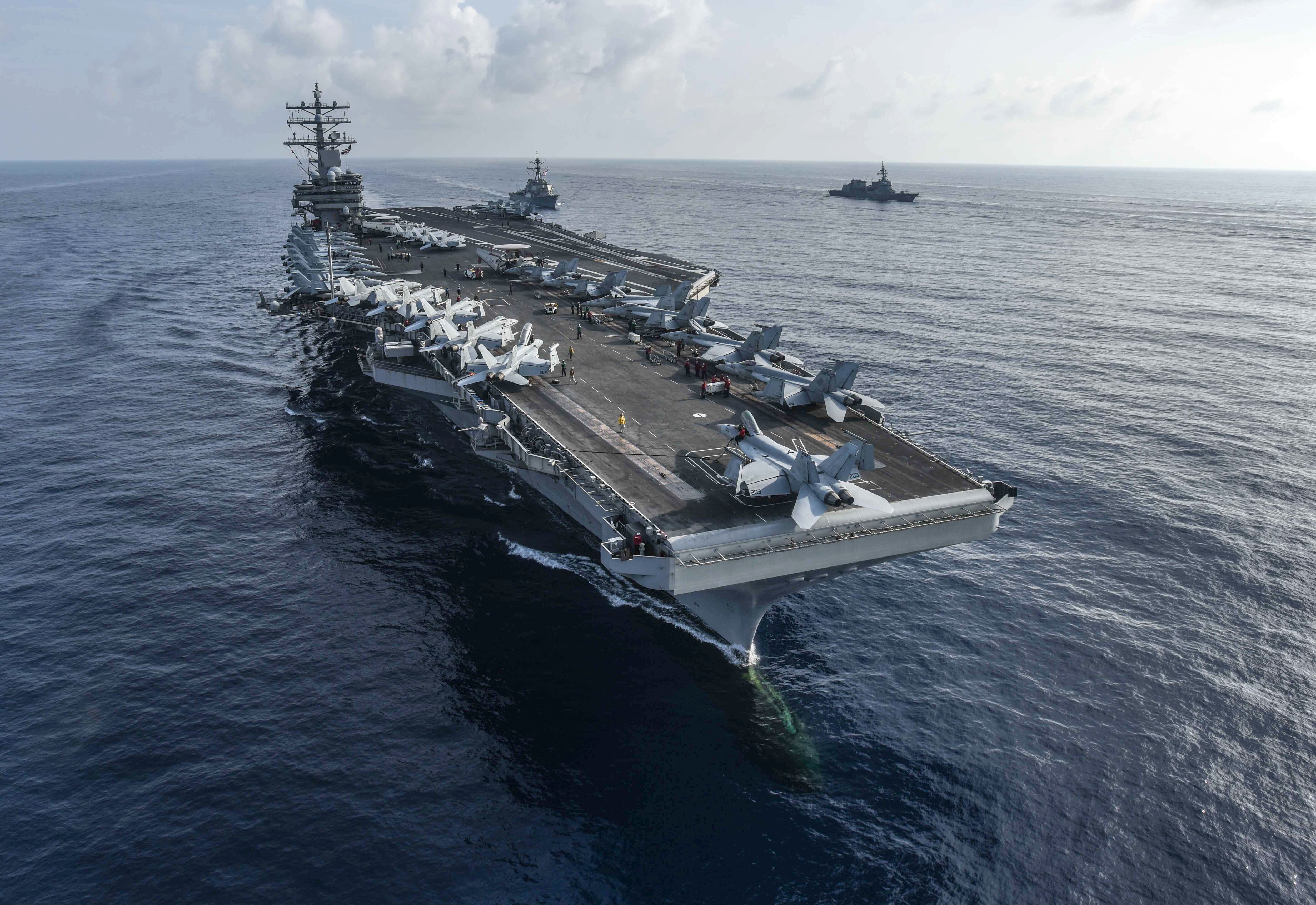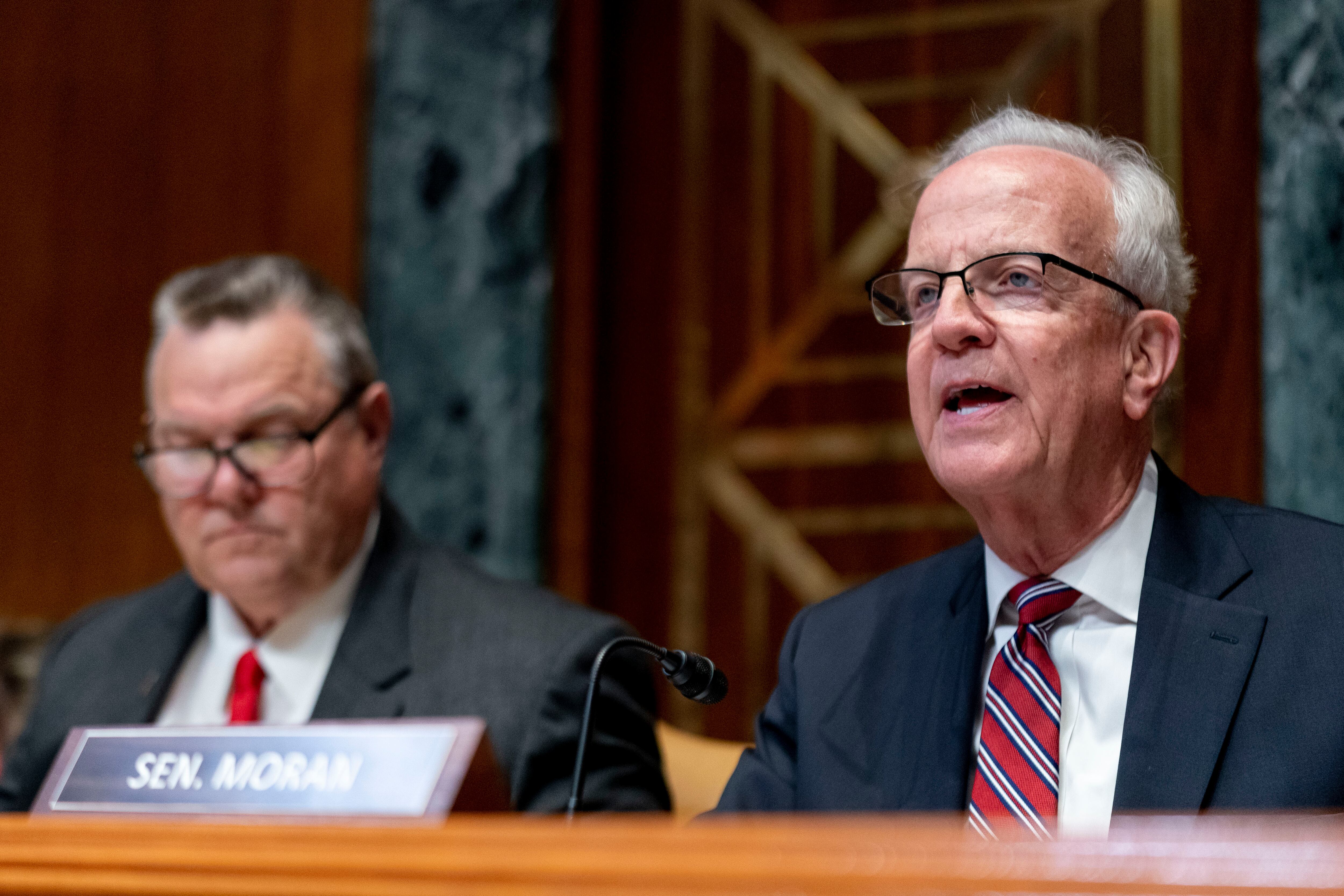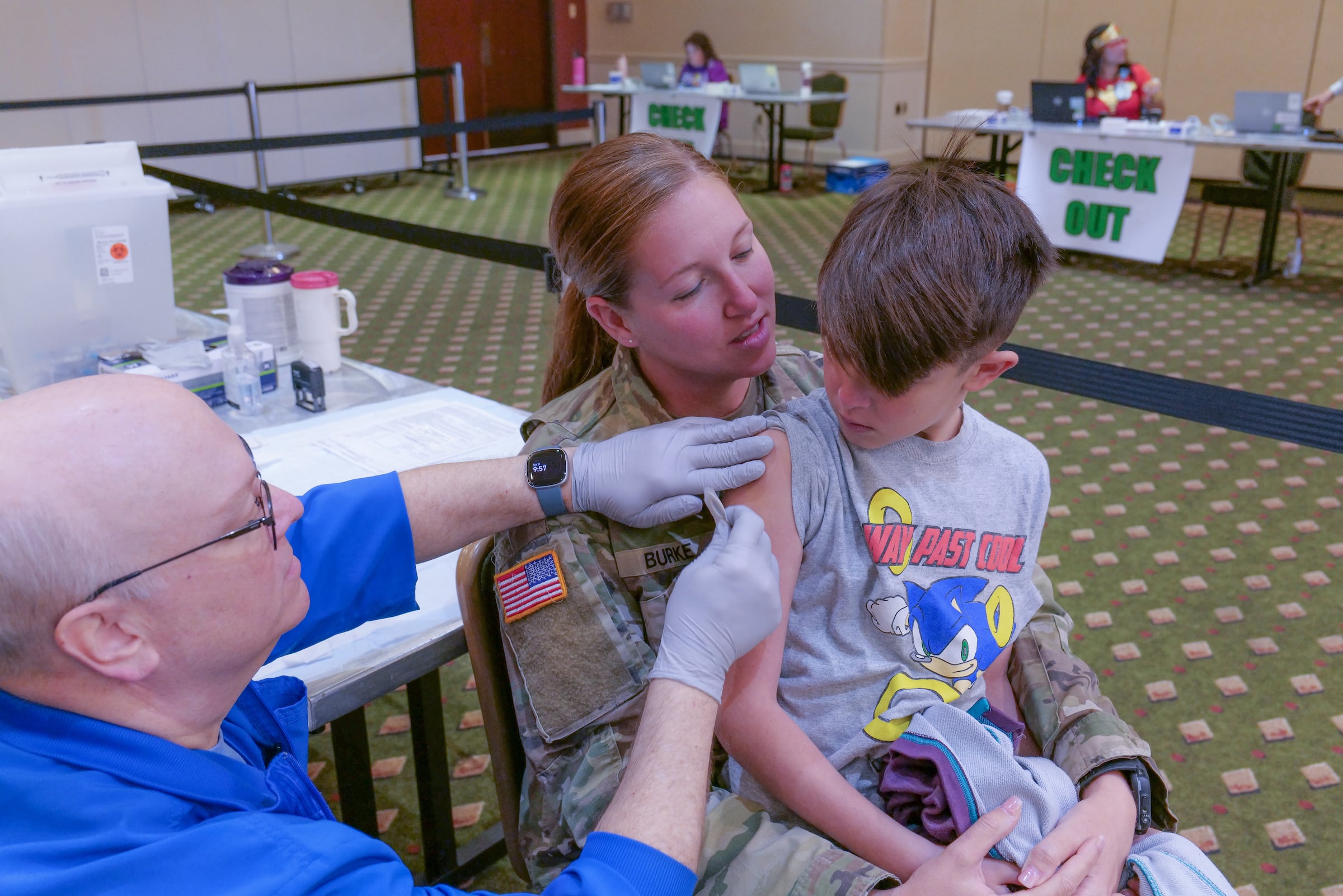An F/A-18F Super Hornet strike fighter assigned to the aircraft carrier Ronald Reagan suffered what authorities say was a “mechanical issue” during “routine operations” on Monday over the Philippine Sea, forcing the crew to eject.
A search and rescue MH-60S Seahawk from the “Golden Falcons” of Helicopter Sea Combat Squadron 12 retrieved the Carrier Air Wing 5 crew, and medical personnel aboard the Reagan pronounced both aviators to be in “good condition,” according to the Japan-based 7th Fleet.
Officials said that the carrier had resumed normal operations and the crash is under investigation.
The F/A-18F is the two-seat variant for the Super Hornet.
The aviators were assigned to the “Diamondbacks” from Strike Fighter Squadron 102, a Navy unit stationed at Marine Corps Air Station Iwakuni, Japan, according to Lt. Joe Keiley, a spokesman for the 7th Fleet.
“The aircraft was not recovered,” said Keiley in an email to Navy Times.
RELATED

The Ronald Reagan had recently wrapped up the large Keen Sword exercise with the Japan Self-Defense Forces and Canadian forces.
Monday’s mishap marks the second aviation crash involving the Ronald Reagan in less than a month.
On Oct. 18, an MH-60 Seahawk from the “Saberhawks” of Helicopter Maritime Strike Squadron 77 crashed while taking off during morning operations in the Philippine Sea, causing a dozen injuries to personnel working on the carrier’s flight deck.
Ashore, the most recent serious mishap occurred on Nov. 2 at Naval Air Station Cecil Field in Florida. The hangar fire suppression system activated due to an unknown cause and doused five F/A-18C Hornets with chemical agent, according to the Naval Safety Center.
Prine came to Navy Times after stints at the San Diego Union-Tribune and Pittsburgh Tribune-Review. He served in the Marine Corps and the Pennsylvania Army National Guard. His awards include the Joseph Galloway Award for Distinguished Reporting on the military, a first prize from Investigative Reporters & Editors and the Combat Infantryman Badge.





